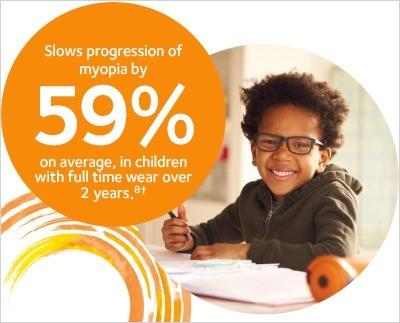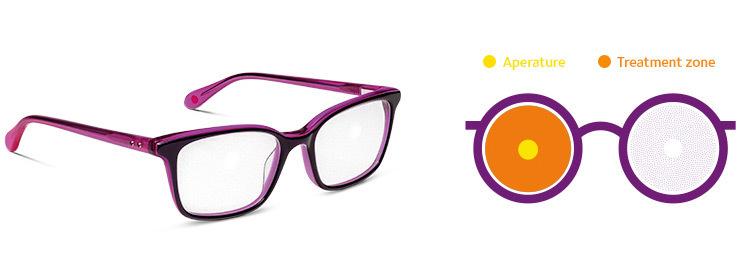
MiSight® Spectacle Lenses
Research shows that children are becoming short-sighted (myopic), younger than ever before.1
Often myopia is seen as ‘one of those things’ that happens as a child grows up.
The younger a child becomes myopic, the stronger their glasses may need to be to see clearly as an adult.2,3
Myopic children are also at a much higher risk later in life of serious myopia related eye problems such as retinal detachments and myopic macular degeneration, as well as the lifestyle impact of higher prescriptions.4-7
But there are steps you can take now. Suitable for children as young as 6 years old, our MiSight® Spectacle Lenses with Diffusion Optics Technology™ can help to slow down myopia in your child.8*
The features you'll love
Our lenses help scatter light, reducing retinal contrast which helps slow abnormal growth in young eyes.9,10

Designed for all day wear
A central clear aperture provides unfiltered vision when extra fine, near vision detail is needed.

Whether looking near or far, wear all day and be a star!
For maximum benefit8, wear your glasses all day, every day. This includes reading or when looking at other close-up objects.
Unsure which products are best for you?
Take this four question quiz to discover which of our products may best fit your needs.
Find Your Lens







